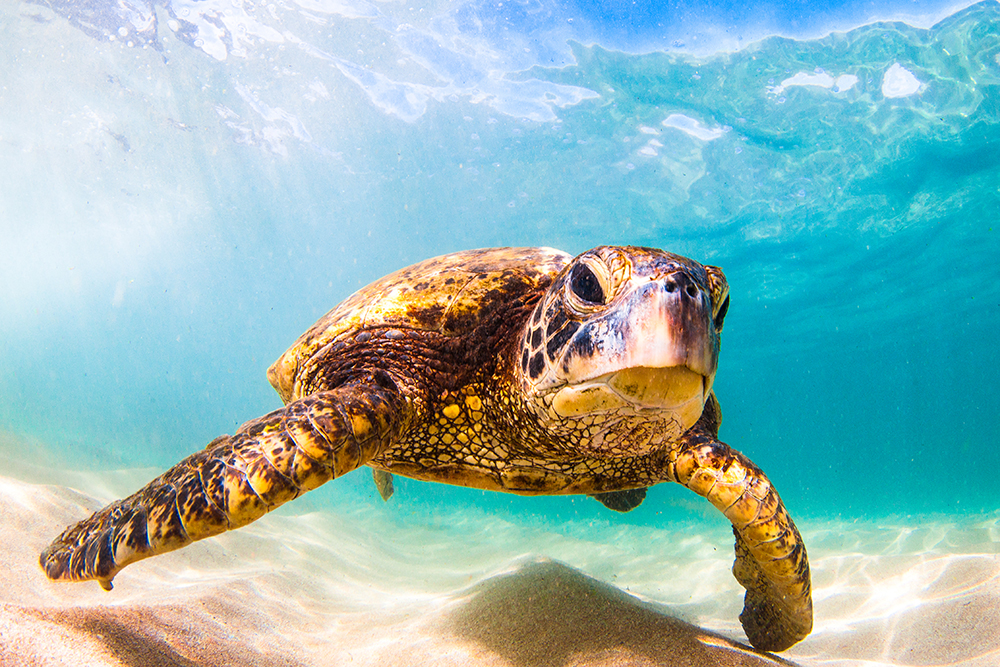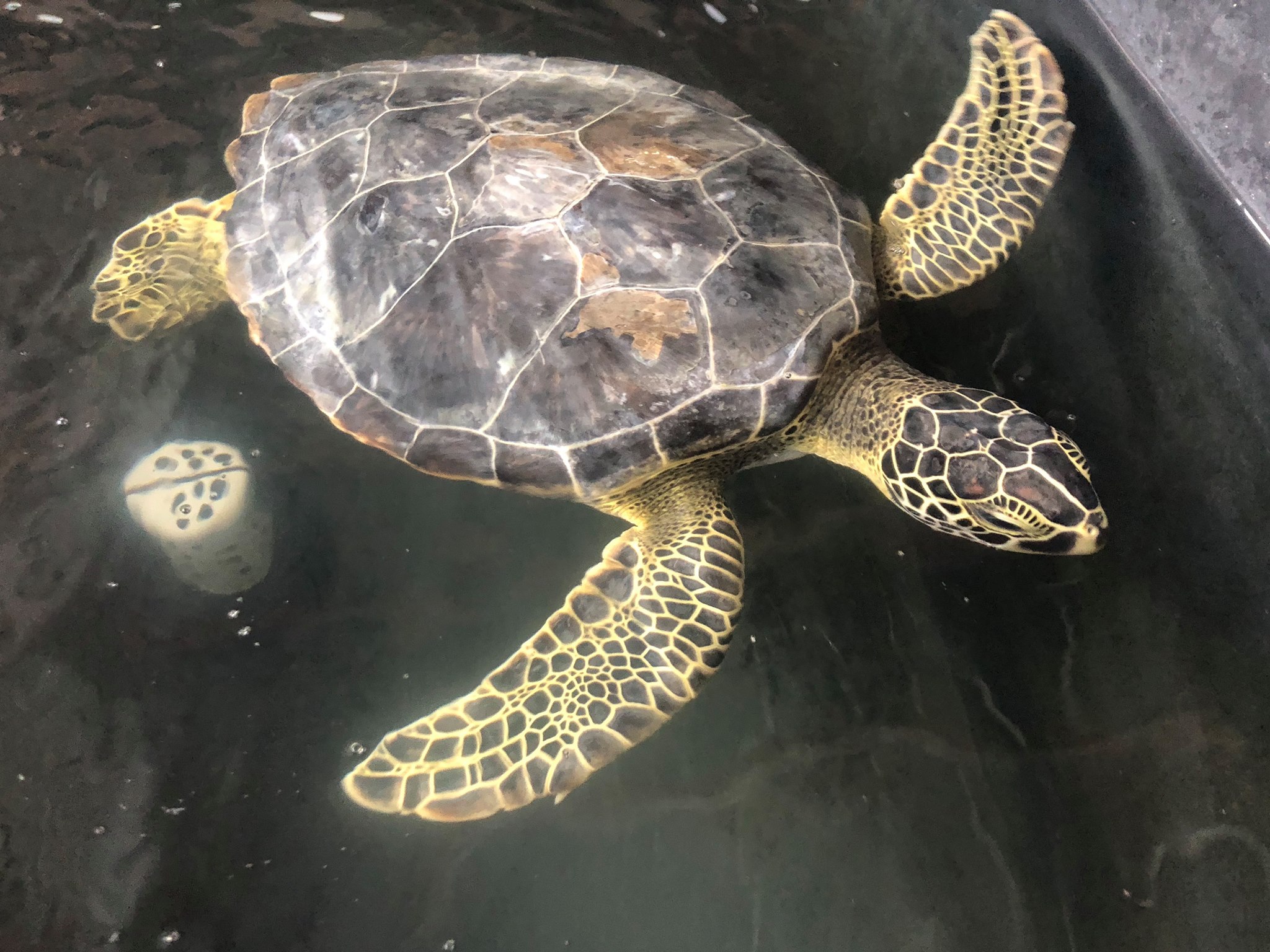
Since jellies are composed of mostly seawater, the leatherback ingests much more salt while feeding than any other sea turtle species.

They require such large salt glands because of their preferred diet of jellyfish. The leatherback sea turtle has extremely large salt glands compared to other species their glands are more than twice the size of their brains. These salt glands are why many people who observe sea turtles on land believe that the animals are crying. To get rid of this excess salt, sea turtles have large glands by their eyes that release salt in higher concentrations than the surrounding ocean water. When eating, they ingest a large amount of salty seawater.

If sea turtles had a salt concentration in their body the same as their seawater surroundings, it would be lethal. Living in salty ocean water is not easy and many marine organisms have special adaptations in order to survive in the excessive salt of their environment. The seven sea turtle species are part of a group of about 100 living marine reptile species in the world. In females, the hind flippers have another purpose as well-they are used to dig an egg chamber in the sand when they come ashore to nest. The large and strong front flippers act like paddles to propel them through the water, while the smaller back flippers function as rudders to help them steer. To help them efficiently power their bodies through water, sea turtles have long flippers instead of the webbed feet of their freshwater counterparts. Usually, they cruise at around 0.9 to 5.8 mph (1.4 to 9.3 km/h), but have been found to swim up to 22 mph (35 km/hr) when frightened. Sea turtles are generally not extremely fast swimmers.


 0 kommentar(er)
0 kommentar(er)
